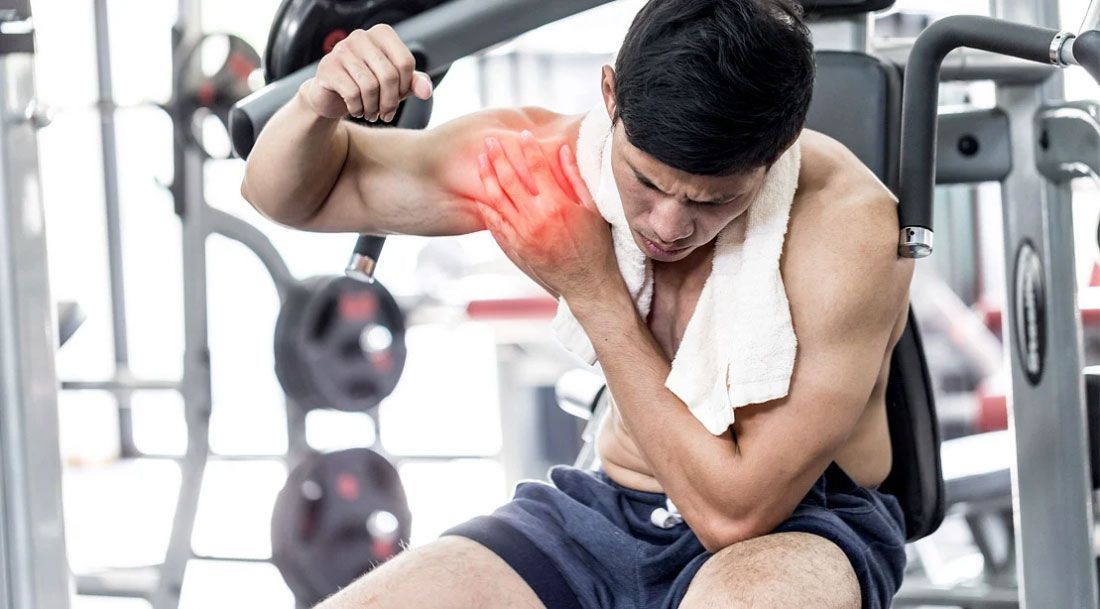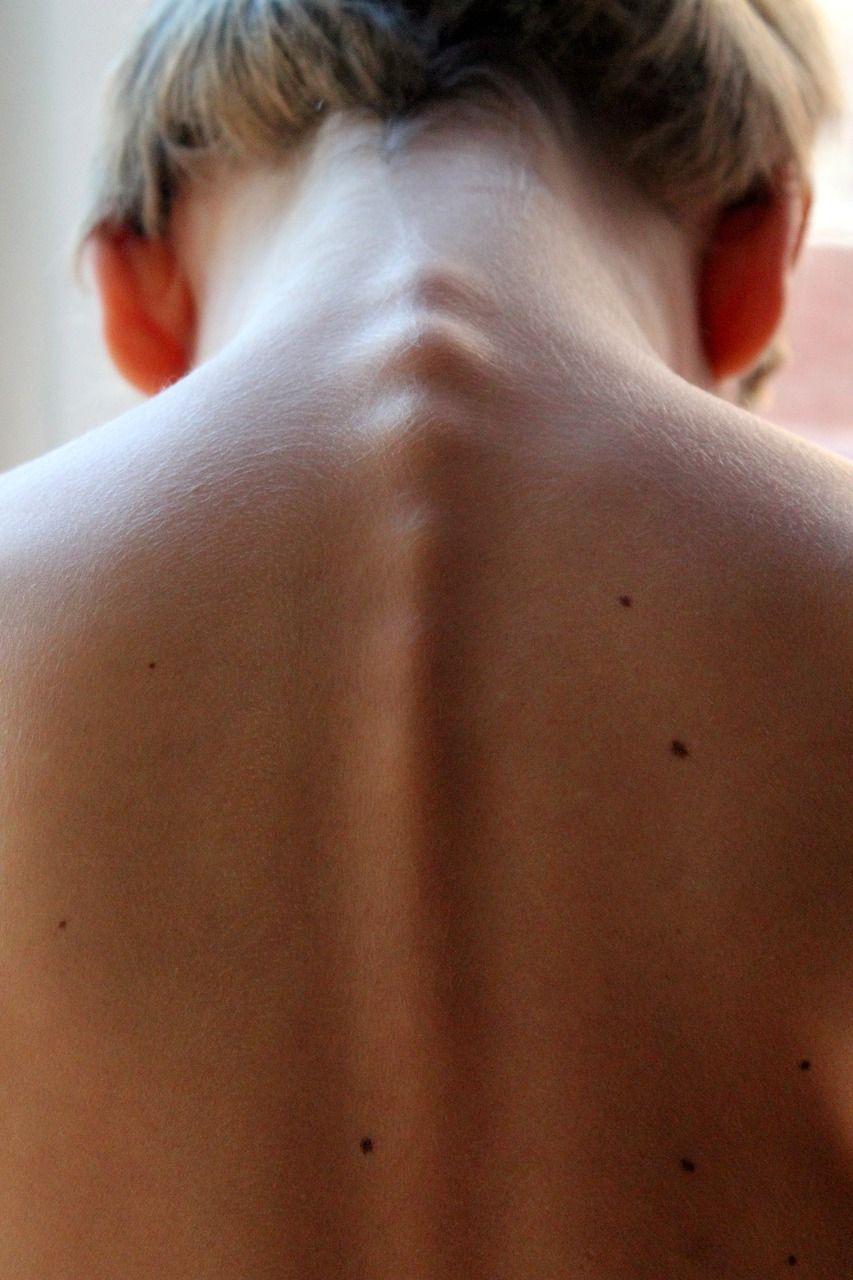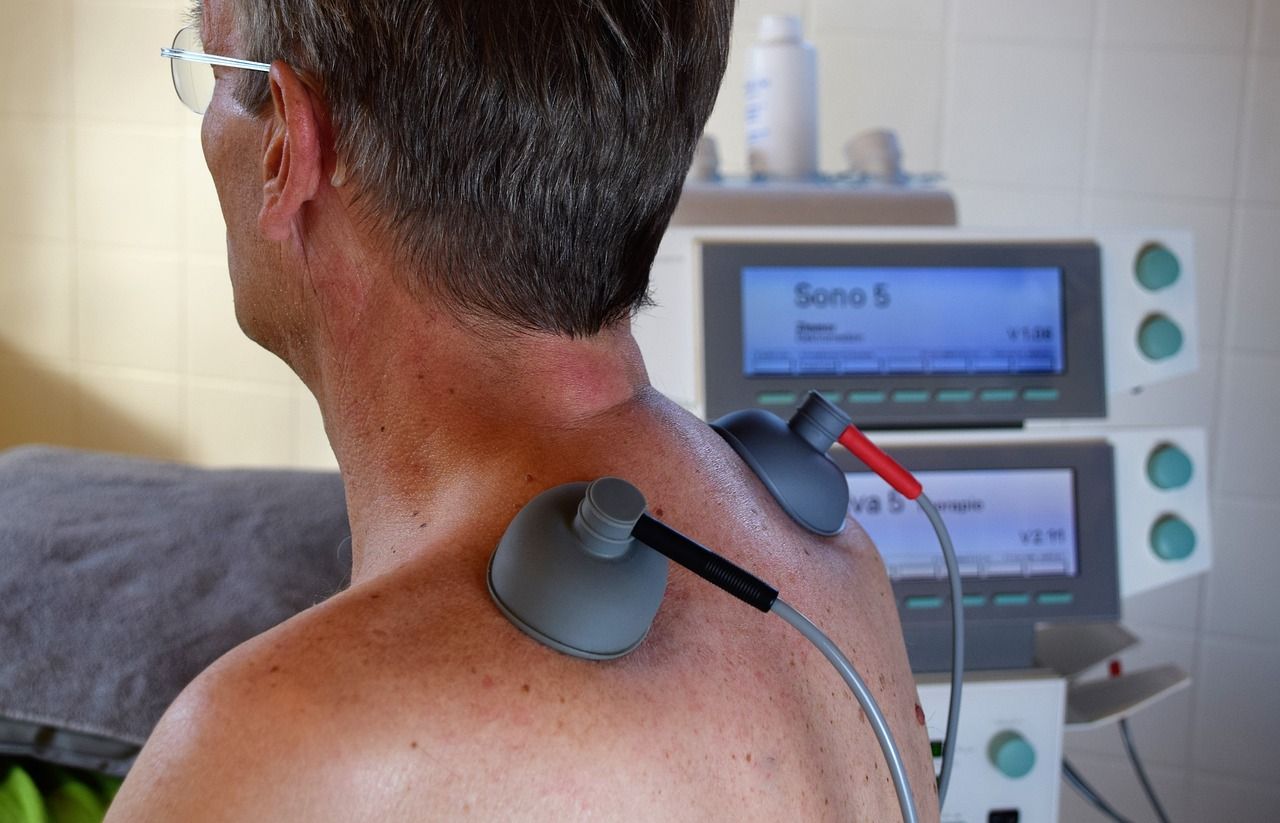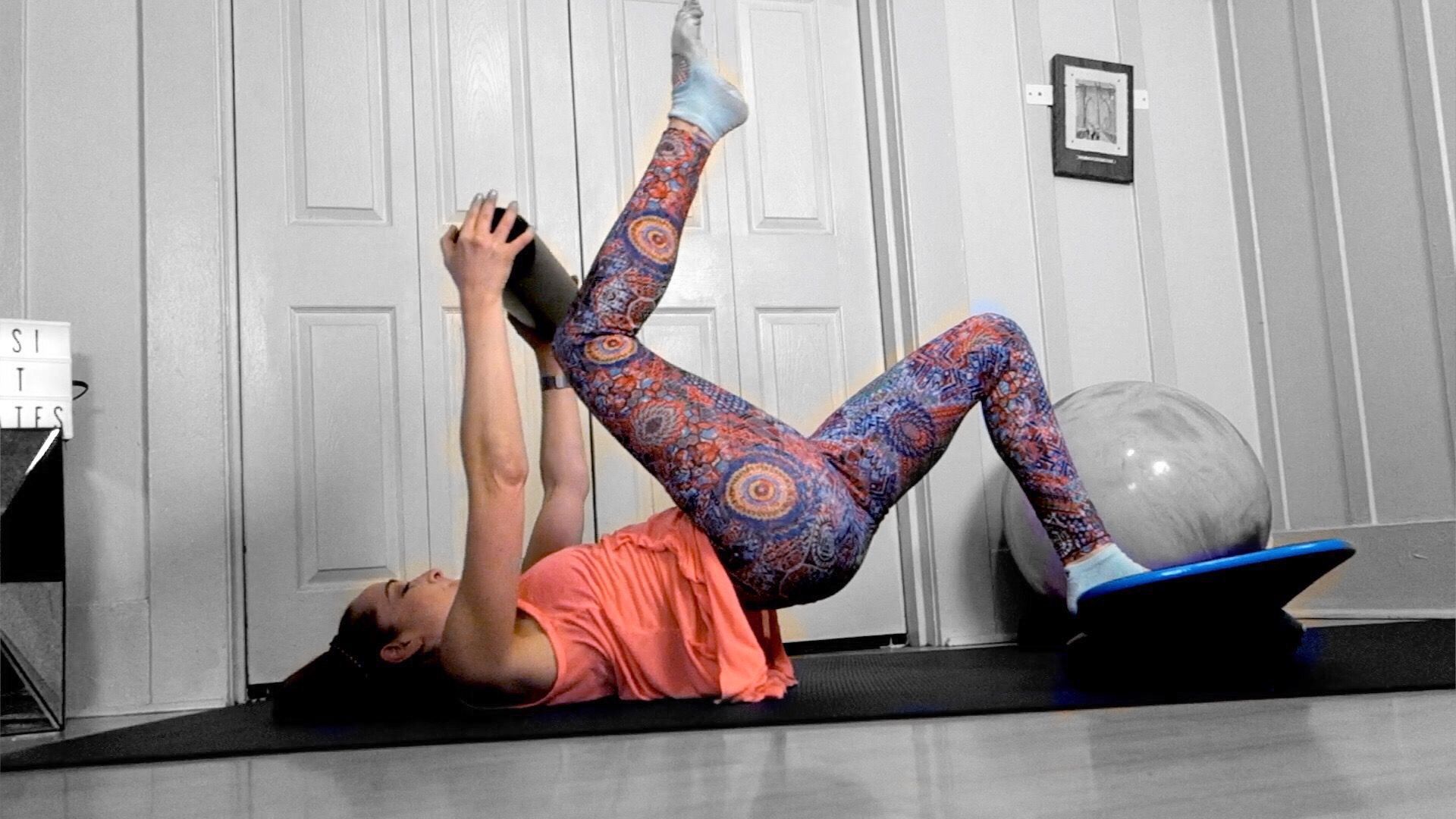Understanding Disc Referred Pain: Causes, Treatment, and Recovery
- By Adbullah .
- •
- 30 Oct, 2023
- •
Back pain is a common ailment that can significantly affect our daily lives. While many of us have heard about herniated or bulging discs, you may be less familiar with a related condition known as disc referred pain.In this comprehensive guide, we'll explore the concept of disc referred pain, its underlying causes, methods of diagnosis, and various treatment options, both surgical and non-surgical.
Understanding Disc Referred Pain
Disc referred pain, also known as radicular pain, is a type of discomfort that originates from problems within the intervertebral discs of the spine. These discs act as shock absorbers and allow for flexible movement of the spine. When they become damaged or irritated, the pain may radiate along the nerve pathways, causing discomfort and sometimes numbness or tingling sensations in various parts of the body.
The pain might not be localized solely in the back; it can travel down the arms or legs, depending on which area of the spine is affected. Disc referred pain is typically associated with conditions like herniated discs or bulging discs.
Common Causes of Disc Referred Pain
Several factors can lead to disc referred pain:
- Herniated Disc:
A herniated disc occurs when the inner core of the disc protrudes through the outer layer, putting pressure on nearby nerves.
- Bulging Disc:
A bulging disc involves the disc extending beyond its usual boundaries, which can also press against nerves and cause pain.
- Degenerative Disc Disease:
Over time, wear and tear can lead to degenerative changes in the discs, causing pain and discomfort.
- Spinal Stenosis:
Narrowing of the spinal canal can compress nerves and cause radiating pain.
- Disc Prolapse:
In severe cases, a disc can rupture, releasing its contents and causing intense pain and neurological symptoms.
Diagnosing Disc Referred Pain
Proper diagnosis is crucial for effective treatment. A medical professional will typically conduct a physical examination, review your medical history, and order diagnostic tests like X-rays, MRIs, or CT scans to pinpoint the source of the pain and determine the extent of disc damage.
Non-Surgical Treatment Options
Many cases of disc referred pain can be managed without surgery. Here are some non-surgical treatment options:
Medications and Pain Management
Pain relievers, anti-inflammatory drugs, and muscle relaxants can provide relief from the discomfort associated with disc referred pain. In some instances, corticosteroid injections may be administered directly into the affected area to alleviate pain and inflammation.
Physical Therapy
Physical therapy is a common approach to treating disc referred pain. It focuses on enhancing flexibility and strengthening the muscles that support the spine. These exercises can help alleviate pain and reduce the risk of further damage.
Chiropractic Care
Chiropractic care is another non-surgical option that concentrates on spinal adjustments to alleviate pain and enhance mobility. This approach has been effective in providing relief for many patients.
Lifestyle Modifications
Making simple adjustments in your daily life can play a significant role in managing and preventing disc referred pain. These changes include maintaining proper posture, shedding excess weight, and avoiding heavy lifting.
Surgical Options
In some situations, surgical intervention may be necessary to address severe or persistent disc referred pain. Two common surgical options are:
Discectomy
A discectomy entails the removal of the damaged portion of the disc to alleviate pressure on the nerves. This surgical method is often employed for the treatment of herniated discs.
Spinal Fusion
Spinal fusion is a more complex procedure in which two or more vertebrae are fused together to stabilize the spine. This is often recommended for conditions like degenerative disc disease or severe disc prolapse.
Recovery and Rehabilitation
After surgical procedures, a period of recovery and rehabilitation is essential. Physical therapy and gentle exercises are often part of the rehabilitation process to regain strength and mobility.
Coping with Disc Referred Pain
Living with disc referred pain can be challenging. It's essential to communicate openly with your healthcare provider, adhere to the recommended treatment plan, and make necessary lifestyle adjustments to manage pain effectively.
Conclusion
Disc referred pain, while uncomfortable, is a manageable condition with various treatment options. Whether you opt for non-surgical methods like medications, physical therapy, or chiropractic care, or require surgical intervention, the key to success is early diagnosis and comprehensive treatment. Remember, a pain-free life is possible with the right approach and a little patience.
Frequently Asked Questions
Can disc referred pain heal on its own?
In some cases, mild disc referred pain can improve with rest and non-invasive treatments. However, it's essential to seek medical advice for proper evaluation and guidance.
What are the common symptoms of disc referred pain?
Common symptoms of disc referred pain typically encompass radiating pain, numbness, tingling, or weakness in the arms or legs, contingent on the location of the affected disc.
Are there any preventative measures for disc referred pain?
Maintaining a healthy lifestyle, proper body mechanics, and regular exercise can help prevent or reduce the risk of disc referred pain.
How long does the recovery process take after a discectomy or spinal fusion?
Recovery times vary, but most patients can return to their regular activities within a few weeks to a few months, depending on the surgery's complexity and individual healing.
Can I resume physical activities after disc referred pain treatment?
It depends on your specific condition and treatment. Your healthcare provider will provide guidance on when and how you can safely resume physical activities.











